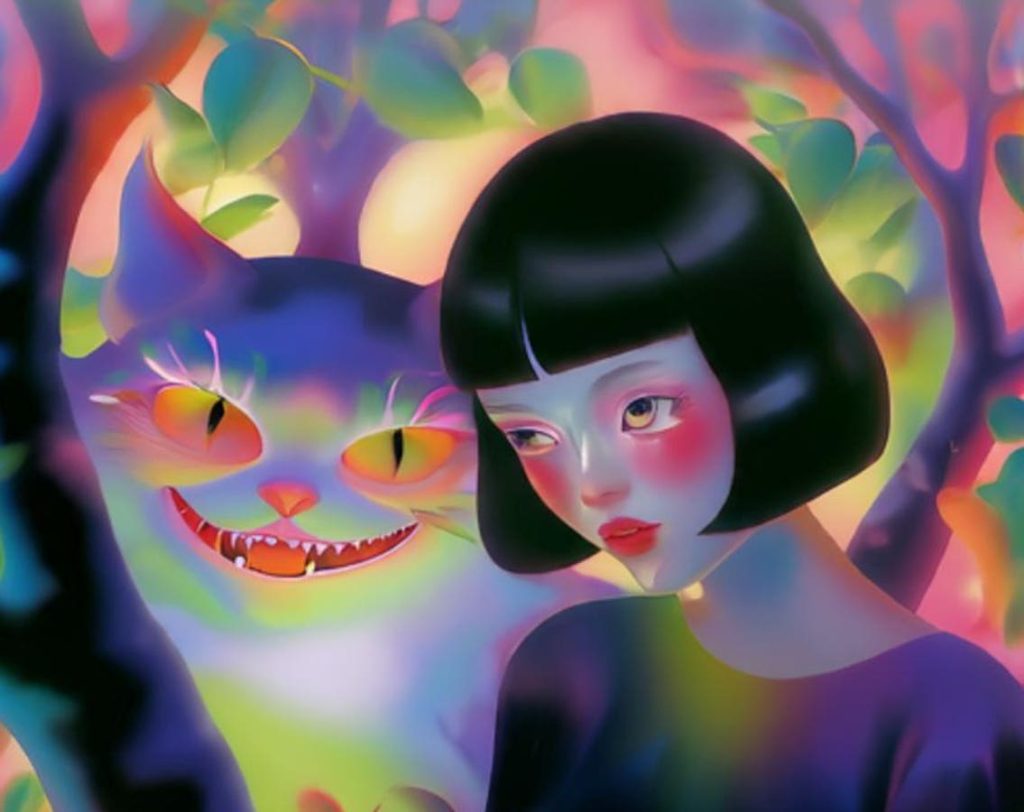Google collaborated with four visual artists to reenvision original Alice in Wonderland illustrations using artificial intelligence. The project, titled Infinite Wonderland, aimed to train Google DeepMind’s Imagen 2 image-generating AI model in the artists’ unique styles. Each artist created a set of cohesive images based on scenes from the classic tale, making creative adjustments to ensure the AI accurately reflected their vision. The goal was to illustrate Lewis Carroll’s 1865 children’s story through the lens of AI.
The artists involved in the project each brought their distinct style to the reimagined illustrations. From CG artist Haruko Hayakawa’s porcelain figurine of Alice as a young Asian girl with pigtails to Eric Carter’s pixelated designs reminiscent of an 8-bit video game, each artist offered a fresh perspective on the beloved characters and scenes from the story. The unpredictability of AI added an element of surprise and creativity, taking the illustrations in unexpected directions.
The use of AI in the creative process sparked a debate among artists about the potential impact on their work and the creative process itself. While some fear that AI tools may steal their work or alter the nature of creativity, others view it as just another tool to explore and experiment with. For Shawna X, AI is seen as an additional technique to enhance her creative process, providing new avenues for artistic expression. Each artist involved in the project used AI as a means to push the boundaries of their own creativity and explore new possibilities.
The Infinite Wonderland project allowed viewers to experience the timeless tale with accompanying AI-generated images in each artist’s style. By presenting the four distinctive visual interpretations of the same passages side by side, viewers could see how the AI model generated images based on different prompts and styles. The project aimed to involve artists in shaping AI tools and exploring the intersection of technology and creativity in new and innovative ways.
Art director and technologist Eric Hu’s interpretation of Alice in Wonderland featured a young Black girl with flowing blonde locks and modern attire, accompanied by a giant, pink caterpillar. Hu, who previously worked as Nike’s global design director for sportswear, infused whimsical elements into his illustrations, creating a lush, cartoony world for Alice to explore. Through teaching an AI how to create images, Hu gained insights into his unique style and potential areas for growth and evolution.
As the debate around the role of AI in art continues, projects like Infinite Wonderland highlight the possibilities of using technology to enhance creativity and explore new artistic directions. By collaborating with AI models, artists can push the boundaries of traditional art forms and challenge the norms of the creative process. The project serves as a reminder of the curious and ever-evolving nature of art and technology, offering new perspectives on timeless stories and characters through the lens of artificial intelligence.


